French Artist Théo Mercier’s Upcoming ‘Skinless’ Takes a Deeper Look at Love and Desire
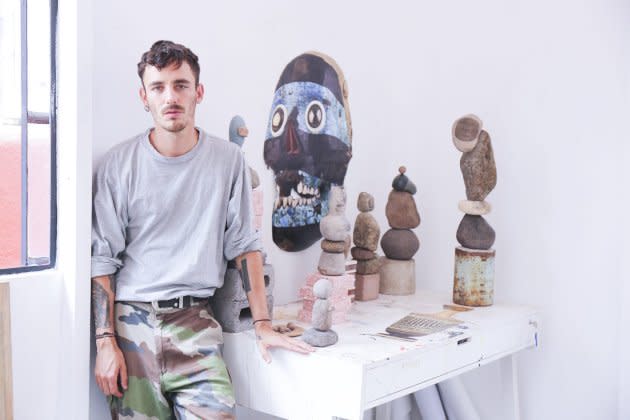
Théo Mercier, the French sculptor and stage director, likes to collect stones and ceramics — he calls them his companions for ideas.
“Those are the objects that I keep, but there is always a moment where I let them go. When I’m searching for ideas, I’m just staring at the wall. But staring at a stone, [I’m waiting] for something to come out,” he says one early morning on the phone as he recovers from a cold.
More from WWD
“It’s really important what is surrounding me in my living places or studio. Everything is super selective and there is not one thing that I don’t agree with, from the fork to the sponge,” Mercier explains, adding that the items surrounding him contain future ideas, which is why he’s strictly against plastic bags and Tupperware in his personal and professional space.
His next project, “Skinless,” which will tour around France in March, September and November, will also be traveling to Switzerland in August and October, as well as Canada. It will use 80 metric tons of compressed waste from each visiting city as a stage for the performance-only work.
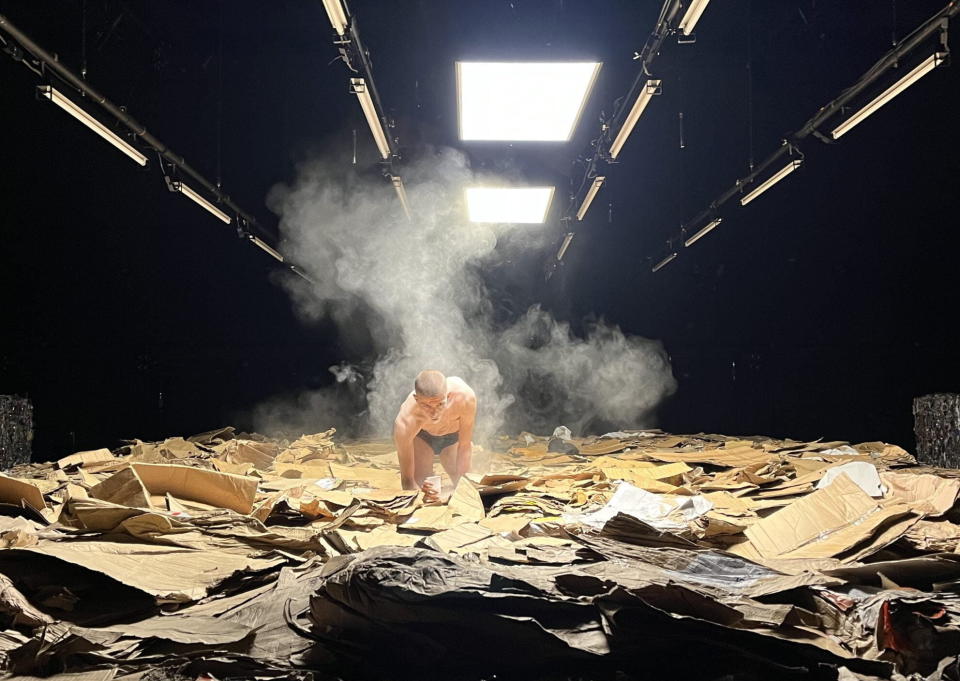
It’s a new chapter for the artist to focus on performance work without the addition of an exhibition to go alongside it.
On the compressed litter stage, Mercier will tell the tale of a queer love story.
“It’s about the dead skin of desire and following two guys trying to rebuild love and desire in this garbage landscape. It’s like the Garden of Eden with a twist — a beginning at the end of the world with the new Adam and Eve,” he says.
The concept came to Mercier as a means of traveling lightly without the bells and whistles of scenographies or sculptures. After each performance in the respective city, the compressed waste platform will be put back to where it came from.
On a deeper level, “Skinless” is the artist’s way of looking at the idea of love. The compressed empty bottles and plastic bags in the performance are a parallel representation of temporary desire.
“[Love is] the engine of a lot of things. I didn’t want to make something too dark and hopeless in this really devastating landscape. In this broken world we’re all living in, we know that we broke it and f–ked it up, but we [must] keep on having fun and making love, babies, parties and friends,” Mercier says.
He’s a conscious artist and he has previously experimented with sustainable practices in “The Sleeping Chapter,” where he sourced and borrowed local sand in Paris to make sculptures from just water and sand.
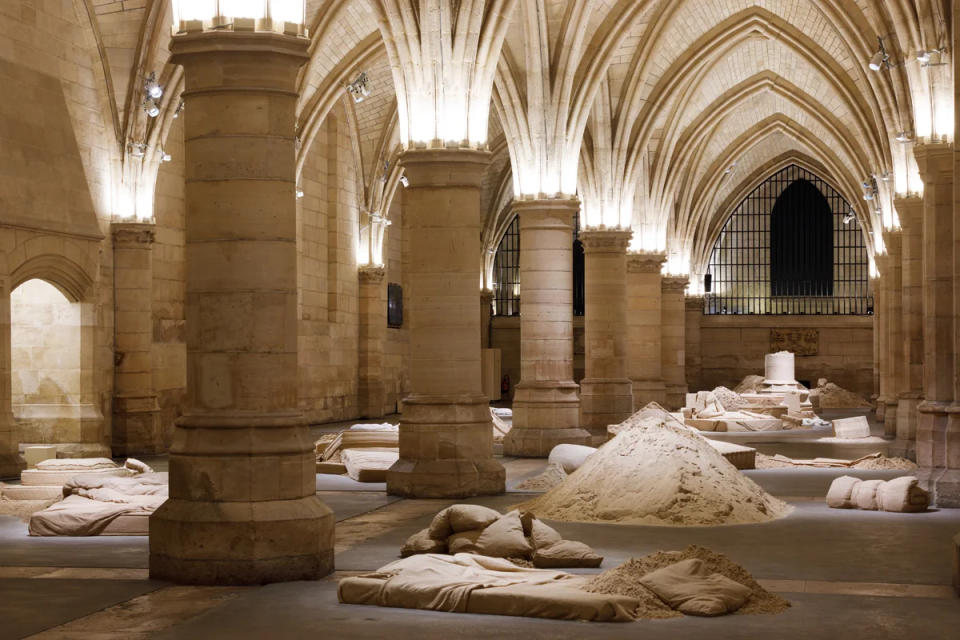
The exhibition took place at the Conciergerie, a former courthouse and prison that Marie Antoinette was imprisoned in. Mercier created ruined columns, unmade beds, sleeping dogs, blankets and pillows.
He sees getting the audience involved in his art a responsibility, which is why there’s little to no didactics accompanying his work nor are there any seats for his audience.
“The fragility of the material gives a big responsibility to the audience because there’s no protection or signs that read ‘don’t touch.’ It’s a covenant of respect between the sculptures and the audience. If they touch it, it gets destroyed immediately — I really like this question of fragility,” the 39-year-old artist says.
“I try to make work that is open enough for all categories of people to recognize themselves: the young lady, the art curator and my mom — something that touches people in different places. I don’t give answers to anything because I don’t have them,” he adds.
Growing up in Paris, Mercier was touched by the city’s archaeology and its preservation of craftsmanship and old traditions, but once his career started picking up, he started to work predominantly between Marseille and Mexico.
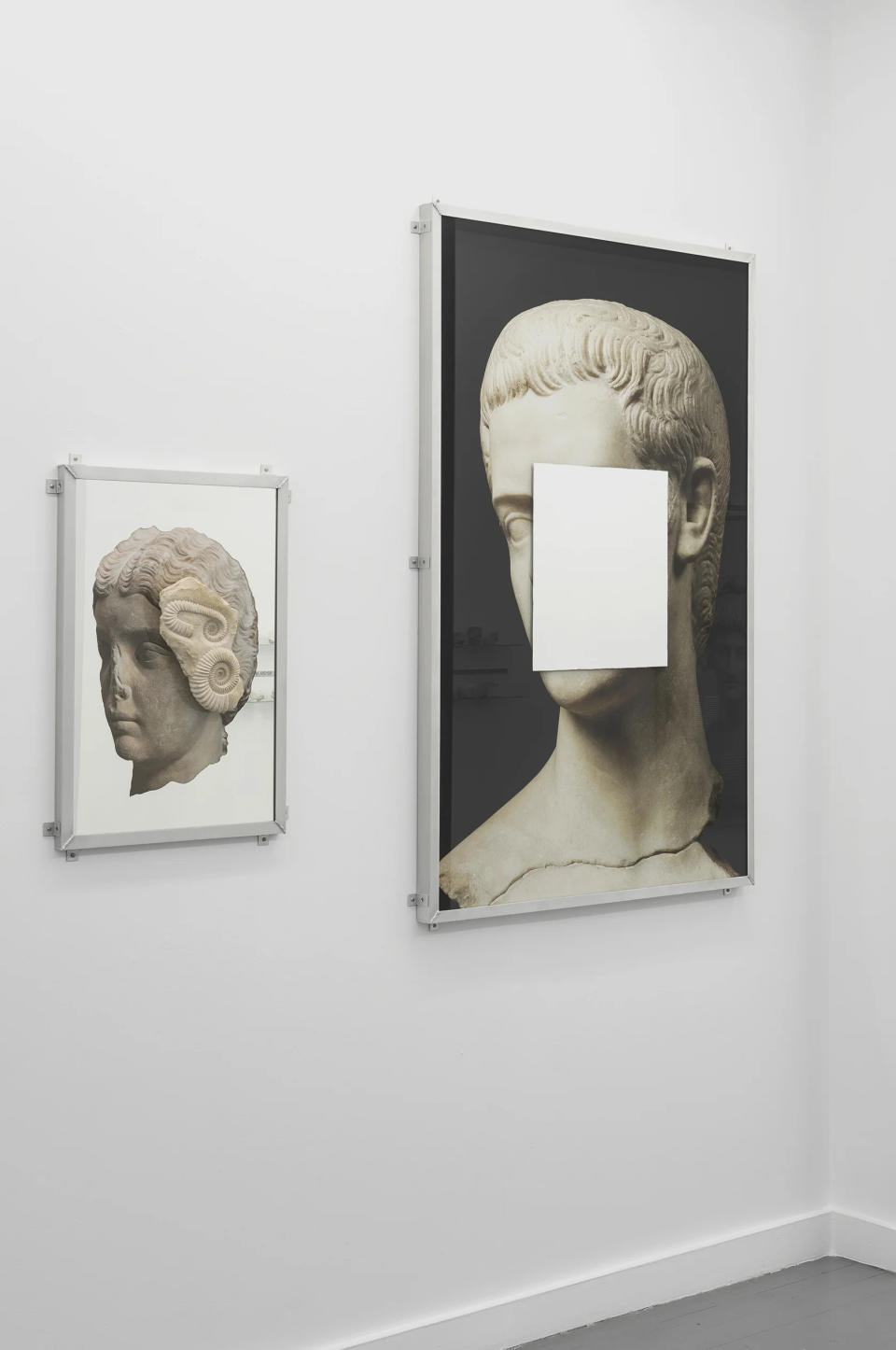
At Frieze London, the fine art fair in Regent’s Park, his work “Mirror Error” was showcased along with hundreds of other pieces, but it was the only mirror that captured many visitors’ attention.
Mercier fused images of ancient Greek sculptures with a small mirror window. The work invited people to look at themselves and to reflect on the past and present through the images of gods and goddesses that possess the archetypes of beauty, strength and power.
“I wanted to create objects that somehow have choreography inside them because when you look at it, you’re part of it and you’re captured,” Mercier says.
Even though he creates work that limbos between the lines of classical and contemporary, his work is yet to be permanently installed at a museum as he likes to play with the idea of concepts and moving forward.
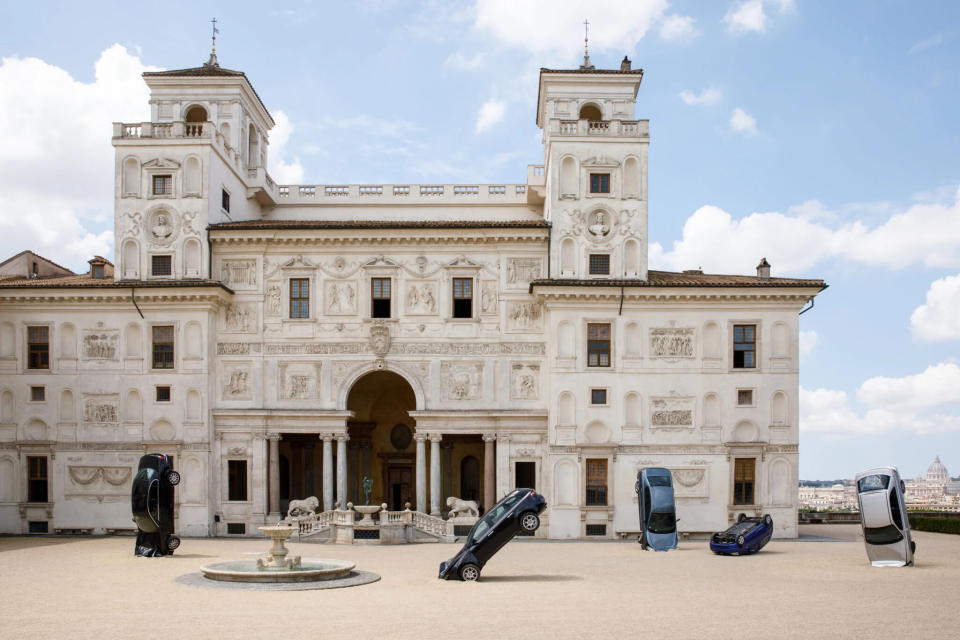
In the summer of 2023, he staged “Bad Timing,” an exhibition that took place at the architectural complex Villa Medici, which has housed the French Academy in Rome since 1803, where he was a resident in 2013.
Mercier planted cars crashing into the ground; home appliances tied with ropes as marble statues sit atop, and bronze chairs melting in the sun around the villa’s gardens.
“I wanted to create scenarios — things that were already there, or that somehow they were invisible before, but are now visible,” he says.
Best of WWD

